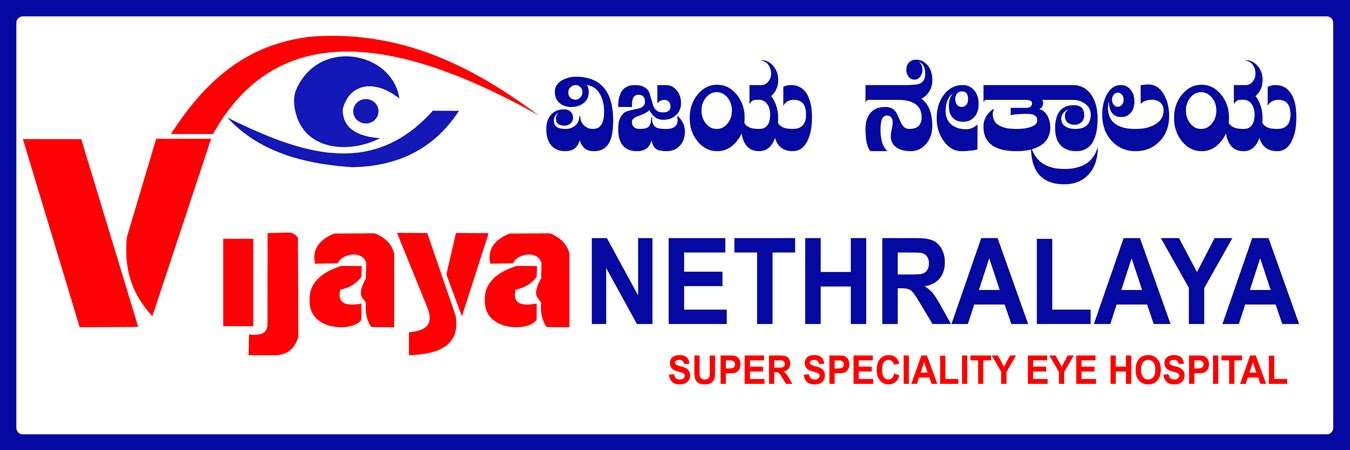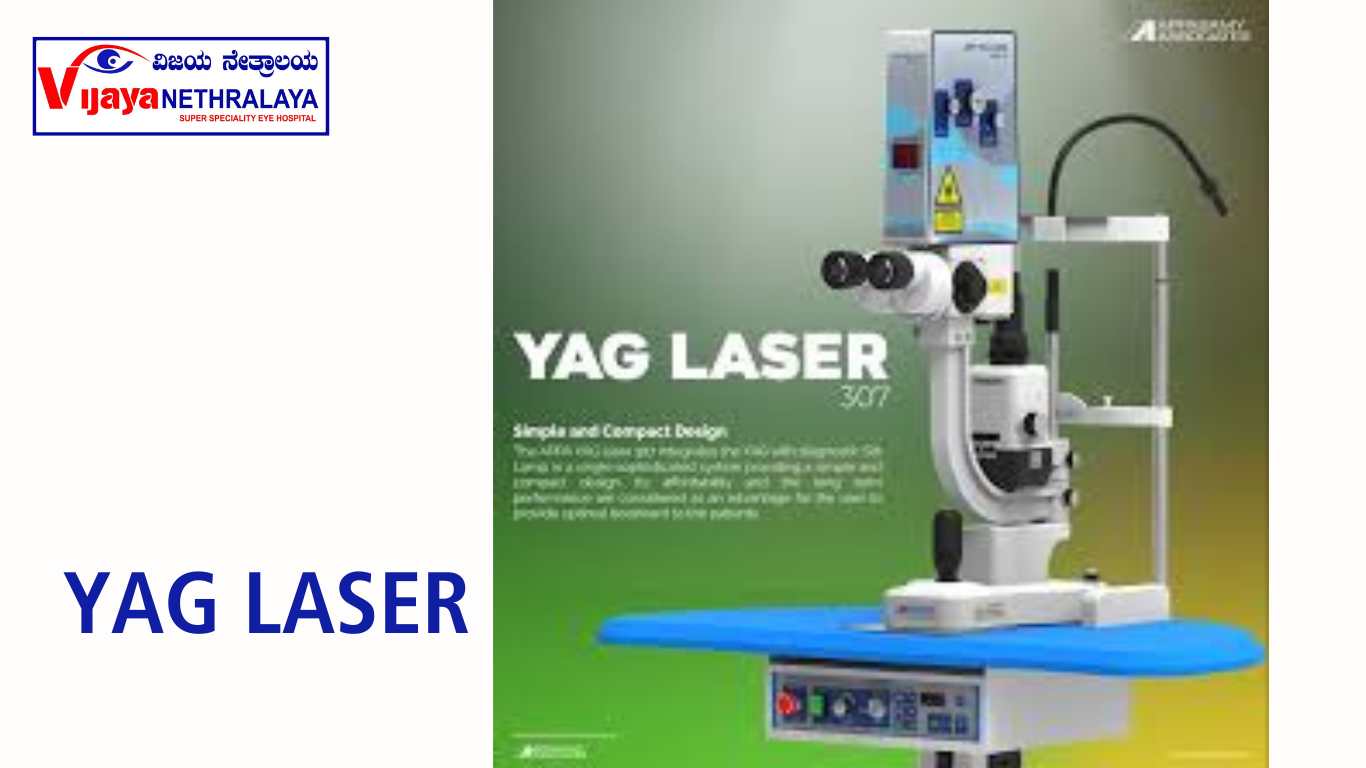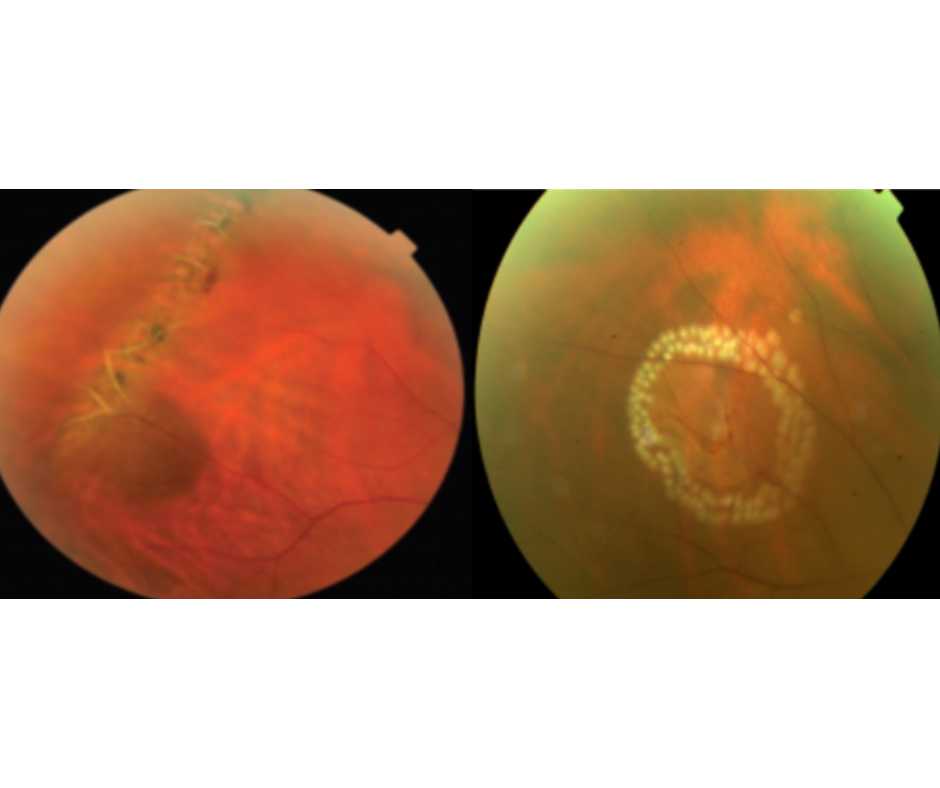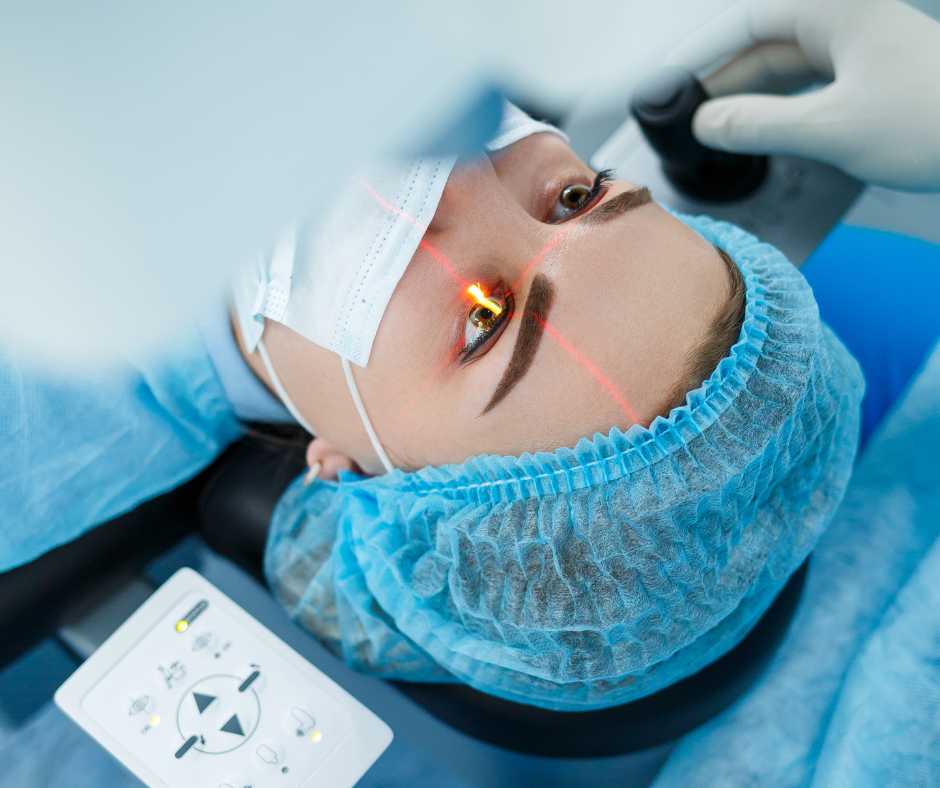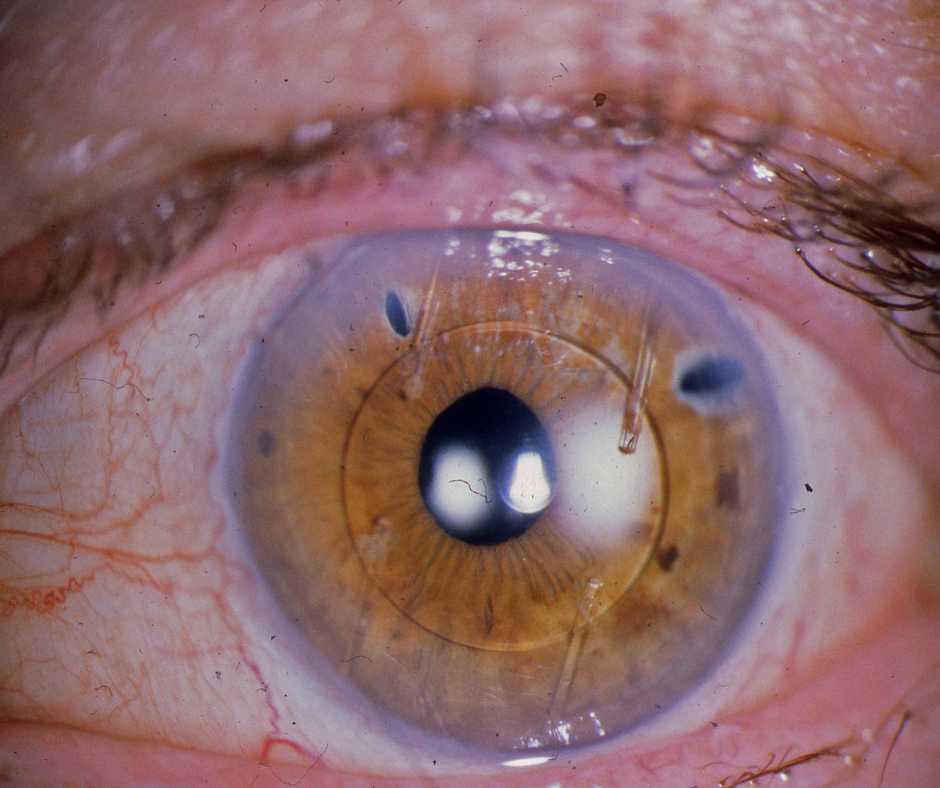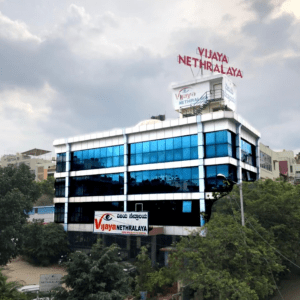YAG Capsulotomy is a widely performed, minimally invasive laser procedure designed to address a common post-cataract surgery complication. For individuals who have undergone cataract surgery and are experiencing blurry vision due to posterior capsule opacification (PCO), YAG Laser Eye Surgery offers a safe and effective solution. This article will explore what YAG Capsulotomy is, its procedure, benefits, risks, and recovery, along with frequently asked questions to give you a comprehensive understanding of this eye treatment.
What is YAG Capsulotomy?
We check the quality of every batch of medicines used in surgery and record it to ensure utmost safety. PCO happens when the posterior capsule—the part of the eye that holds the artificial lens in place—becomes cloudy or opaque, causing vision to become blurry. This condition can occur months or even years after cataract surgery, impacting the quality of vision.
In YAG Laser Eye Surgery, the surgeon uses the laser to create a small hole in the cloudy capsule. By doing so, it restores clarity to the vision, providing an immediate improvement in visual acuity. The procedure is generally quick, non-invasive, and can be done on an outpatient basis, with minimal discomfort.
How Does YAG Capsulotomy Work / YAG Laser Eye Surgery?
The YAG Capsulotomy procedure works by using the precision of a laser to create a tiny opening in the cloudy posterior capsule. The eye doctor performs the procedure in the office, usually without requiring an overnight stay or anesthesia.
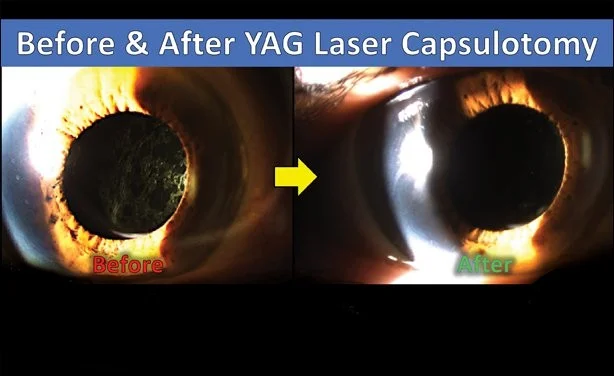
Here’s a step-by-step breakdown of how YAG Capsulotomy is performed:
- Preparation: Before the procedure, your eye doctor will administer dilating drops to widen your pupil. This helps the doctor get a clear view of the posterior capsule.
- Laser Treatment: The patient is positioned comfortably in a chair. A special lens is used to focus the YAG laser on the posterior capsule, targeting the cloudy area. The laser emits high-energy pulses that create a small hole in the capsule. This hole allows light to pass through, which restores the clarity of the vision.
- Duration: The laser treatment typically takes only about 5-10 minutes for each eye. Most patients experience little or no pain during the procedure.
- Post-Treatment Care: After the treatment, you may be prescribed eye drops to prevent inflammation or infection. Most patients experience an immediate improvement in vision, although it may take a day or two for full results to show.
Benefits of YAG Capsulotomy
YAG Capsulotomy offers a range of benefits for patients experiencing PCO after cataract surgery:
1. Quick and Efficient
The procedure is quick, typically taking no more than 10 minutes per eye. It requires no incision, sutures, or general anesthesia. Recovery time is minimal, with many patients experiencing a noticeable improvement in vision immediately after the procedure.
2. Restores Vision Clarity
YAG Capsulotomy restores the transparency of the posterior capsule, eliminating the blurry vision caused by PCO. Once the cloudiness is removed, light can enter the eye unobstructed, leading to clearer vision.
3. Minimal Discomfort
Since the procedure is non-invasive and does not require surgery, the discomfort is minimal. Most patients experience little to no pain during or after the procedure.
4. Outpatient Procedure
YAG Capsulotomy is an outpatient procedure, meaning patients can return home the same day, avoiding lengthy hospital stays.
5. Safe and Effective
YAG Capsulotomy is considered safe, with a high success rate in improving vision in patients with PCO. The laser technology used is precise and carefully targeted, reducing the risk of complications.
Risks and Side Effects of YAG Capsulotomy
Although YAG Capsulotomy is generally considered safe, it is important to be aware of potential risks and side effects, which include:
1. Increased Intraocular Pressure (IOP)
One of the most common risks is a temporary increase in intraocular pressure (IOP), which could lead to glaucoma if not monitored. However, this increase in pressure usually resolves on its own after the procedure.
2. Swelling or Inflammation
In some cases, the procedure may cause inflammation or swelling in the eye. This can be managed with anti-inflammatory eye drops.
3. Cystoid Macular Edema (CME)
A rare but potential side effect is cystoid macular edema, a condition that causes swelling in the retina, affecting vision. CME usually resolves with medication, but in rare cases, it may require additional treatment.
4. Retinal Tear or Detachment
Although extremely rare, there is a risk of a retinal tear or detachment during the laser procedure. This occurs if the laser inadvertently causes damage to the retina, which could lead to further vision problems.
5. Floaters
Some patients may notice an increase in floaters (tiny spots or shapes in their vision) following the procedure. These typically fade over time.
6. Limited Effectiveness in Severe PCO
In rare cases, if the PCO is very dense or extensive, the YAG laser treatment may not completely restore vision. In such cases, additional treatments or procedures may be required.
Recovery and Aftercare
One of the significant advantages of YAG Capsulotomy is that recovery is usually fast and straightforward. Here’s what you can expect during recovery:
1. Immediate Results
Most patients experience an immediate improvement in vision, with clearer sight occurring within hours of the procedure.
2. Mild Discomfort
Some mild irritation or discomfort in the eye may occur in the days following the procedure, but this typically resolves quickly.
3. Follow-Up Appointment
Your eye doctor will schedule a follow-up appointment within a few weeks to check the results of the procedure and ensure that the eye is healing properly.
4. Eye Drops
You may be prescribed anti-inflammatory eye drops to help reduce swelling and prevent infection. It’s essential to follow the prescribed dosage carefully.
5. Restrictions
While most patients can resume normal activities immediately, it’s advisable to avoid strenuous activities and swimming for a few days after the procedure to reduce the risk of infection.
6. Full Recovery
Most people can return to their normal activities within a day or two. Any discomfort typically resolves within a few days, with vision continuing to improve as healing progresses.
Is YAG Capsulotomy Right for You?
YAG Capsulotomy is an excellent option for people who have developed posterior capsule opacification after cataract surgery. However, it is important to consult with your eye care professional to determine if the procedure is suitable for your specific needs.
You may be a candidate for YAG Capsulotomy if:
- You’ve had cataract surgery in the past, and your vision has become blurry due to PCO.
- You are experiencing symptoms like cloudy or foggy vision that interfere with your daily life.
- Your eye doctor has determined that the condition is due to PCO and not another underlying issue.
On the other hand, if you have other eye conditions (like glaucoma or retinal disease), your doctor will assess the risks and benefits before recommending the procedure.
Frequently Asked Questions (FAQs):
1. Is YAG Capsulotomy painful?
The procedure itself is usually painless. However, you may experience some mild discomfort or irritation in the eye after the procedure, which typically subsides within a day or two.
2. How long does the procedure take?
YAG Capsulotomy usually takes 5-10 minutes for each eye. The entire appointment, including preparation, typically lasts about 30 minutes.
3. How soon can I drive after the procedure?
You may not be able to drive immediately after the procedure due to the dilation of your pupil and potential discomfort. It’s advisable to arrange for someone to drive you home, but most patients can resume driving the following day.
4. How effective is YAG Capsulotomy?
YAG Capsulotomy is highly effective, with a success rate of over 90% in treating PCO. Most patients experience immediate improvement in their vision after the procedure.
5. Can PCO come back after YAG Capsulotomy?
It is rare for PCO to return after the procedure, but in some cases, a small amount of cloudiness may develop. If this happens, a second YAG Capsulotomy may be recommended.
6. What are the risks of YAG Capsulotomy?
The risks include increased intraocular pressure, swelling, retinal tears, and floaters. However, complications are rare, and most patients do not experience serious side effects.
Author Details:
Dr. Sushruth Appajigowda holds a prominent position as a Cornea, Cataract, Glaucoma, and LASIK Surgeon in Bangalore. He serves as the chief Cataract and Refractive surgeon at Vijaya Nethralaya Eye Hospital, Nagarbhavi Bangalore. Renowned as one of the finest LASIK surgeons nationwide, he brings with him over 12+ years of experience across multiple LASIK platforms, including ZEISS, ALCON, SCHWIND, AMO, and Bausch and Lomb. Having successfully conducted over 5000 LASIK procedures, Dr. Sushruth holds the title of a Certified Refractive Surgeon and a Fellow of the All India Collegium Of Ophthalmology. Furthermore, he stands as a distinguished speaker at various National and International Forums, using his expertise to guide you in selecting the most suitable procedure based on your health requirements.

http://vijayanethralaya.com/link-in-bio/
Frequently Asked Questions (FAQs):
Conclusion
YAG Capsulotomy is a quick, safe, and highly effective procedure to treat posterior capsule opacification (PCO) that can develop after cataract surgery. With minimal risk and discomfort, it offers a significant improvement in vision for most patients, restoring clarity and enhancing quality of life. If you’re experiencing blurry vision after cataract surgery, consult your eye doctor to see if YAG Capsulotomy is right for you.
